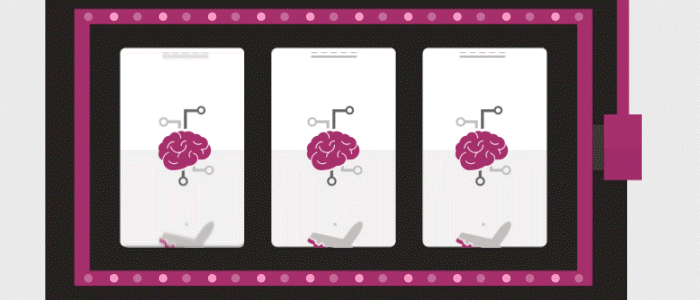Driving sales and enhancing the customer experience with AI
When you think of artificial intelligence (AI) and customer experience, you often think chatbots — and it’s easy to see why. Already used by 100,000 businesses, they enable fast, efficient, and personalized interactions at any time. But the applications truly set to transform e-commerce are the ones we can’t always see. Machine learning tools that streamline individual journeys and influence purchase decisions are on the rise and the key to their effectiveness is that consumers don’t always know they’re there. Rokt, in fact, is completely built on AI and machine learning to enable brands to target the most qualified audiences and tailor offers to ensure they are relevant to each individual consumer – – all while maintaining and enhancing the UX of each of our partners to serve an uninterrupted customer experience.
AI will no doubt continue to change the way brands engage with consumers: bringing together multi-channel experiences with improved targeting. As customized communications win trust, companies will attract new audiences and open the door to tailored recommendations that maximize value (CA-CHING) at every stage of the consumer journey.

Here’s just a few examples of how AI is leading a revolution in customer experience:
1. Hopper’s app is taking off
Hopper’s travel app forecasts when consumers can get the best deal, with 95% accuracy. The app uses an advanced algorithm to crunch flight data and predicts when prices will change up to a year in advance, identifying the ideal purchase moment through push notifications. And the strategy is working: founded in 2015, Hopper has over 20 million users to date, with its AI tool currently responsible for 25% of sale and is due to increase to 75% in the future. Hopper is also expanding its booking tool to hotels to drive further revenue.
2. Wayfair’s product discovery
The e-commerce giant offers plenty of home goods — over 8 million products — but this can make it difficult for shoppers to track down the ideal lamp or couch. That’s why Wayfair has turned to AI to help with product discovery. The retailer created a ‘Search with photo’ feature that gives shoppers the ability to upload photos or take snaps in real time in order to search and browse related offerings. The AI system runs photos against each product on the site and finds similar items currently in stock. Wayfair also uses natural language processing – a form of machine learning – to understand how a user would search for a piece of furniture and helps other consumers find products that match their search term based on opinion and sentiment analysis from product reviews.
3. American Express banking on AI
Thanks to AI, American Express can now make suggestions for tailored vacations to their cardholders. Consumers share their wish list of destinations, flights and hotels via an in-app message and receive personal suggestions that can be instantly booked. The tool behind this one-stop-travel-shop is Mezi; an intelligent assistant the organization acquired in 2018. Through big data analysis, Mezi uses cardholder activity to define unique tastes and identify the best vacation options.
4. Tastewise targeting tastebuds
Say hello to food analytics: where huge quantities of data can be turned into useable insight. Let’s look at the recent popularity of bacon – the pork industry needed to increase bacon sales that had dropped off because of the fascination with healthy eating. Working with fast food chains, a pre-fried option was developed that saw sales rocket – restaurants quickly followed and the recent bacon craze began.
Tastewise, the food-tech firm capitalized on how data could be put to work. Its pattern-seeking algorithms collected a load of social media data and produced a report on eating trends to help restaurants and grocery stores get ahead of the latest food craze. Tastewise recently highlighted the gap between the discussion of healthy food at home versus restaurants to focus in on the customer experience.
Just because we don’t recognize AI innovations, doesn’t mean they aren’t happening. By 2022, Gartner expects 85% of consumer relationships will be managed with no human interaction; and chances are most of us won’t be able to tell. AI is upping the ante on customer experience and many well-known brands are cashing in big.

What is machine learning?
Artificial Intelligence (AI) is a cover-all label for any tool or program that can think and learn on its own and machine learning (ML) is one of them. ML is unique because it can make decisions alone. Other systems follow specific rules but ML collects information about past events and uses it to decide what to do next. Put simply, it uses insight from experience to guide itself and create more personalized experiences for consumers.

